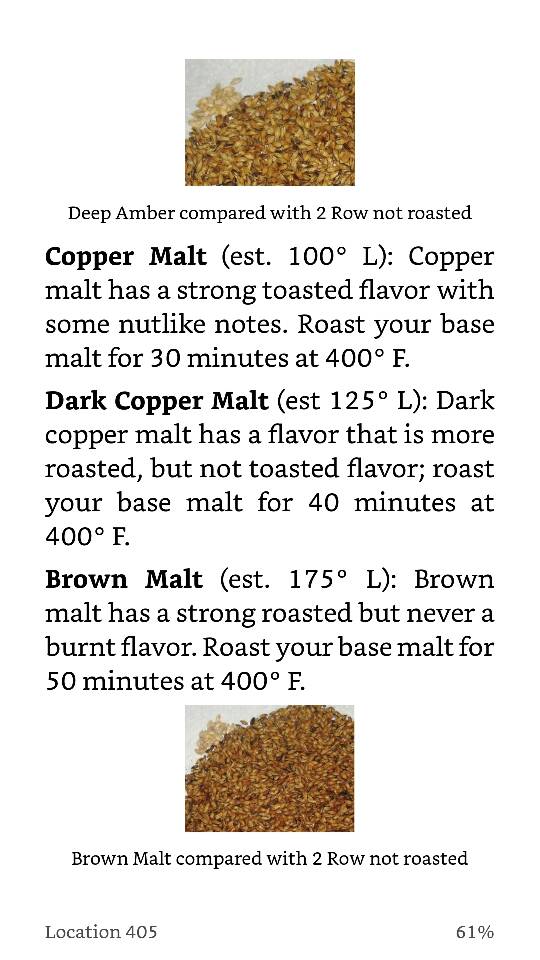- Joined
- Apr 18, 2006
- Messages
- 16,779
- Reaction score
- 5,916
Yep this sounds like either
1. Continued trolling
2. Someone who hasn’t executed the process even though they claim they have.
3. Someone who doesn’t have a palette capable of making the distinction.
Could be a bit of all 3.
Whatever makes the brewer happy though.
On a semi related subject, my family thinks I’m crazy because I can taste the difference between grain fed and grass fed beef. They think I’m just picky. Truth be told it’s because I did some side by side tastings and learned what the difference was. Before that day I had tasted the difference but had no clue what I was tasting because I hadn’t been educated. Point is even if you can taste the difference sometimes you need some training to *know* the difference.
True on the beef. While I don't have that blind knowledge via taste. My father was a farmer/butcher/grocer. He could tell the difference between corn fed vs grass fed by appearance and by taste. There is a bias though with the appearance. He showed me the fat marbling in the meat, grass fed is absent of that fat. He just liked the corn fed taste better. Who wouldn't if it has that fat distributed within the meat?











![Craft A Brew - Safale S-04 Dry Yeast - Fermentis - English Ale Dry Yeast - For English and American Ales and Hard Apple Ciders - Ingredients for Home Brewing - Beer Making Supplies - [1 Pack]](https://m.media-amazon.com/images/I/41fVGNh6JfL._SL500_.jpg)
















































